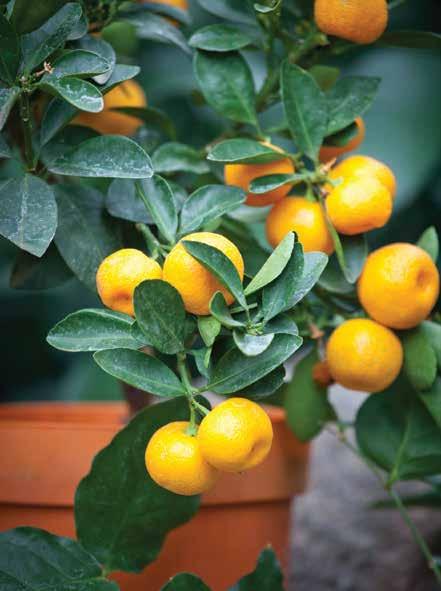
3 minute read
Snowbirds Return
Dark-eyed Junco slate color Dark-eyed Junco


Oregon Junco Pink-sided Junco

There is no better sign of winter than the arrival of the Dark-eyed Junco, and across the mid latitudes of North America, it is regarded as the quintessential “snowbird.” From their arrival in mid-October to their departure in mid-April, Dark-eyed Juncos are among the most commonly seen birds around. They can be found eating off the ground, oftentimes at the base of feeding stations and can be seen in just about any weather condition. But perhaps the coolest thing about the Dark-eyed Junco is the wide variety of flavors they come in. In fact, the Dark-eyed Junco takes on six distinct forms in North America, half of which can regularly be spotted in Eastern Kansas.
The most common Junco form that is seen in Kansas City is the classic “slate-colored” variety. As depicted in the name, the slatecolored Junco is primarily a gray colored bird with a white belly and a pink bill. If I had to guess, about 99 percent of Juncos in the area are slate colored. However, for the lucky observer, two other types of Juncos are regular Kansas City visitors. One is the “Oregon” Junco. The Oregon Junco’s full black “hood” helps to distinguish it from the more common slatecolored. Oregon Juncos can be seen mixed in with slate-coloreds, and the careful observer can easily pick them out. One such place to look for them is the Overland Park Arboretum, where I have found them at the Bird Watch. The other Junco variety that visits the area (which I’ve also seen at the Overland Park Arboretum), with at least some regularity, is the Pink-sided Junco. Pink sides are very subtly marked, but its pink-rufous sides are what make this bird special and give it the name.
The other three forms of Darkeyed Junco can be found in the Western U.S. Only distinguishable from slate-colored Juncos by two white wing bars, White-winged Juncos breed in the Black Hills of South Dakota and Wyoming. Grey-headed Juncos, with an all pale bill, red back, and overall grayish body are found throughout the West, often in more mountainous areas. Lastly, the Red-backed Junco, a native of the Southwest, is only distinguishable from the Gray-headed Junco by the dark part on the top of its bill.
But no matter how different any two variations of Dark-eyed Juncos may be, they all behave essentially the same, which is why they are all considered part of the same species. They might interbreed with one another, nest on the ground, and flash their white tail feathers in flight. They all are primarily seed eaters, relying on chickweed, buckwheat, lamb’s quarters, and sorrel for the vast majority of their diet, often feeding by flying up to a seed cluster and riding it to the ground in order to pick off the seeds. To attract Juncos to your yard, you can offer a variety of foods such as millet, sunflower chips, cracked corn, and Bark Butter Bits.
Nothing is more exciting than seeing that first Junco of the season, and by this time of year you may be fortunate enough to have many hopping around your backyard. Look closely, and their unique colors and personalities may surprise you!
WILL KIRSCH Birding Expert
Will has been an avid birder for five years and has worked at the Wild Birds Unlimited in Leawood, Kansas, for three years. His father introduced him to the hobby and ever since then he has been hooked. He enjoys sharing his extensive bird knowledge with anyone who asks and is very well informed about birding specific to our region. His favorite spots to bird in the Kansas City area are Roe Park, Shawnee Mission Park, Clinton Lake, and Loess Bluffs National Wildlife Refuge.






